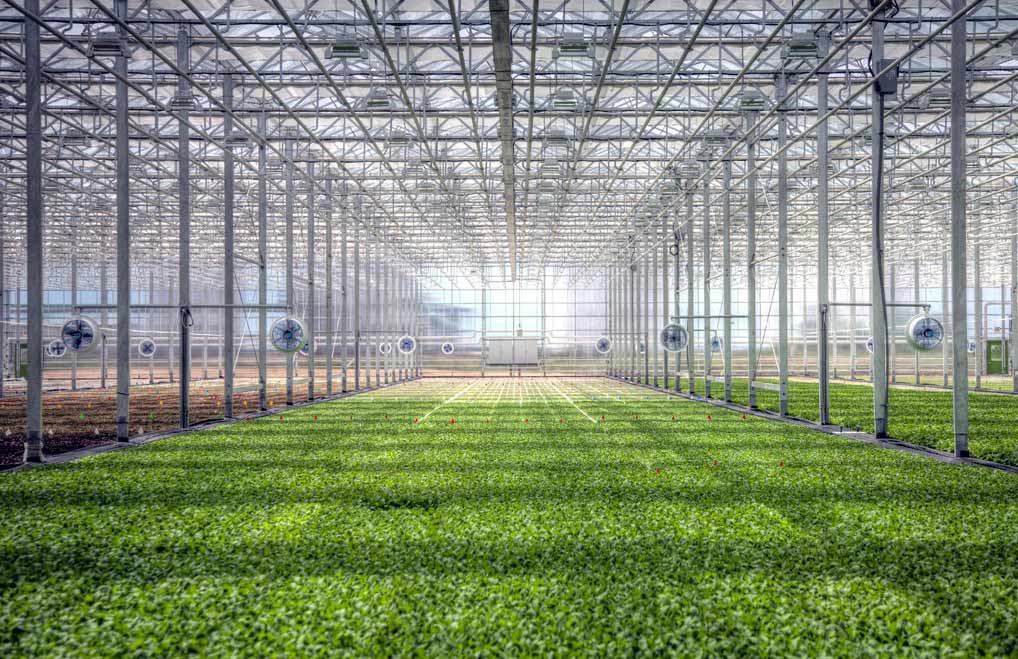
Too many years ago for me to admit, the investment in the equipment to heat and cool a greenhouse constituted around 20% of the budget. Those were the days of simplicity, when a unit heater, a fan-jet, and some cooling pads were all that most growers felt they needed. I know this, because I was there.
Nowadays, that ratio has flipped – especially in CEA operations that are mission critical 24/7/365 intensive growing “machines”. For many CEA facilities, success means being close to market, in regions where the outside environment is a challenge to combat – when temperatures, humidity, and consistency in the growing environment require industrial mechanical systems to make it happen.
Many CEA facilities have been built in the last several years, with tremendous dollars invested, far exceeding the cost of the greenhouse itself. Sadly, there are dozens that struggle to manage and maintain systems that were sold to them, systems that were promised to deliver ideal conditions – but have left substantial frustration in their wake.
Investors backing these deals have frustrations when the promised returns are impacted by these crucial systems not delivering consistency, or take forever to calibrate and commission.
How do I know this?
Being a fairly unique company owner in North America, catering to growers who need to optimize their climate for growing inside, our team has been asked to consult and do site visits to these recent builds to give guidance to owners and operators who have been struggling to get their recently acquired systems to behave – in some cases, to review systems that just don’t work at all.
Many of these facilities – almost all greenhouses, bought “integrated, turnkey” solutions from Europe because, well, there’s a more mature CEA industry over there, and the suppliers are good at portraying complete expertise and “single source” responsibility.
What actually happens is the European systems may work great in Europe – but somewhere out in the countryside, there’s a facilities manager that is saddled with a system composed of exotic components and metric fittings and huge time zone and logistic challenges to keep the systems running.
I know this because I’ve been seeing it firsthand.
There’s a guy named Clyde I met at one of these facilities. He has to manage and maintain a very large heating, cooling, and dehumidification system every day. He asked me if it had to be so frustrating. He was showing fatigue from having to track down the various spare and replacement from across the pond – because the man that said it was “single source” disappeared soon after the contract was signed and the build commenced. He told Clyde to get in touch with HIS supplier for all that ongoing support. Clyde asked me, “Does it have to be this way?”.
I told him no, that there’s a very robust supply chain in North America for all the things in the project, and they are easy to get quick support and parts for, but that he would have to push for that on the next expansion, because even though that compressor brand he has is an American brand, that “turnkey” greenhouse company sent him one made in Germany. He’s saddled with it now.
The American greenhouse industry has come a long way in a very short time, with products and services that, just because of geography alone, can be supported much easier. So, next time you build, think about Team America. We are HERE for you… In country – in the same time zone – The “Clydes” of the world will thank you.
-Jim Rearden, President
Previously published in CEAg World Insights, Oct. 2024




